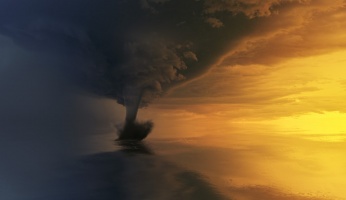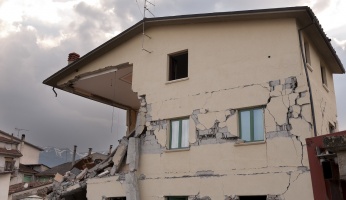Tornado Alley: All the Facts You Should Know
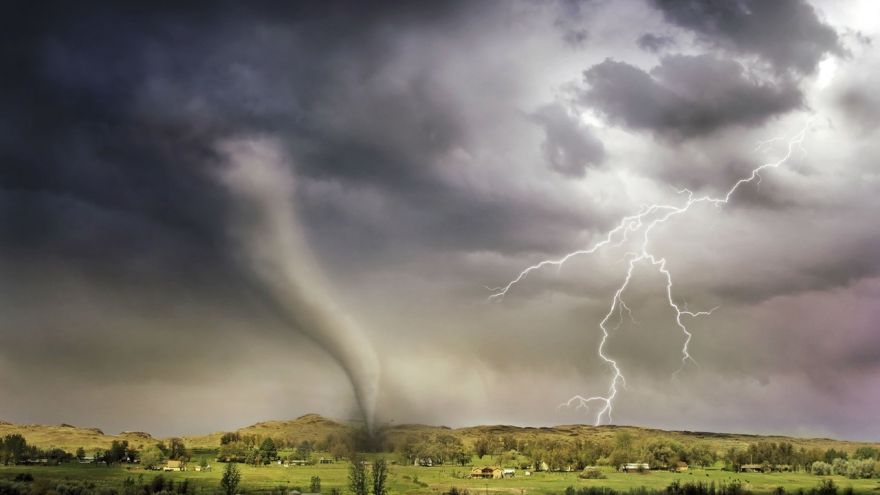 Tornado Alley: All the Facts You Should Know
thegearhunt.com
Tornado Alley: All the Facts You Should Know
thegearhunt.com
Tornado Alley…just the words conjure up images of people running for their lives, destroyed houses, huge twisters bearing down on unsuspecting towns, and, of course, movies that feature twisters and tornado alley as well. Tornados are forces of nature that though we can now predict with quite a bit of certainty, still strike without warning and take many innocent lives every year. A lot of these twisters happen in what is known of as tornado alley, a place where people who live in these areas look over their shoulders quite often, hoping to not see a tornado bearing down.
All information on Tornado Alley
Many people have heard of this place, but few actually know much about it. If you are a tornado buff and looking to bone up on your facts about tornado alley and what goes on there, you have come to the right place. Read on below as we delve into tornado alley, the mystique, the facts, and everything you should know.
What is Tornado Alley?
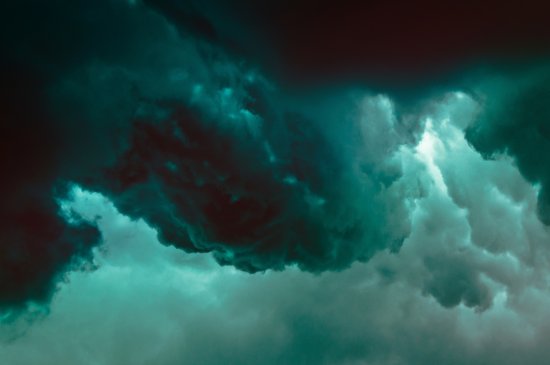 Tornado alley is more than a place that gets featured in movies a lot. It’s a real place and is defined as an area of the United States that is extremely prone to get hit by twisters. Believe it or not, this is not a scientific or even a legal term. It was basically coined by the media and stuck. The first mention of the term can be traced back to a meteorologist in 1952, who called a research project he was working on tornado alley, it became popular and is known by that name today. Regardless of how real the name is, these areas of the United States are prone to tornadoes touching down, so if you live in one of these areas, it is extremely important to be prepared.
Tornado alley is more than a place that gets featured in movies a lot. It’s a real place and is defined as an area of the United States that is extremely prone to get hit by twisters. Believe it or not, this is not a scientific or even a legal term. It was basically coined by the media and stuck. The first mention of the term can be traced back to a meteorologist in 1952, who called a research project he was working on tornado alley, it became popular and is known by that name today. Regardless of how real the name is, these areas of the United States are prone to tornadoes touching down, so if you live in one of these areas, it is extremely important to be prepared.
Where is Tornado Alley?
There is not just one single area in the United States that is considered to be tornado alley. The alley cuts a wide swath across the United States and other countries have their own tornado alleys as well. The southern plains area of the central United States is considered to be tornado alley, and they see the most tornadic activity during the spring of the year. However, the gulf coast area of tornado alley has its own share of twisters and these are most prone to happen during the late autumn of the year. The gulf coast tornado alley is actually called the Dixie Alley but is no less dangerous. In reality, however, The National Weather Service and NOAA have never actually given the term an official definition and there have never been any clear indications of where tornado alley is located.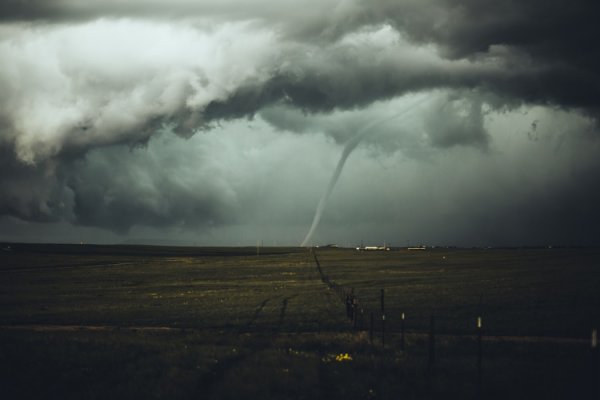
How Are these Areas Classified as Tornado Alley?
Tornado alley is classified as a region that is prone to getting supercell thunderstorms. These storms can produce tornadoes of EF2/F2 or even greater tornados, which can lead to widespread death and destruction. The criteria to actually be classified as an area of tornado alley isn’t clear and differs greatly. It’s basically based on the observer’s thoughts as to what criteria is needed to be classified as part of tornado alley, which isn’t helpful to the average person, but there it is. Though the exact locations are iffy, the following areas are classified as being part of the tornado alley zone.
- Central Texas
- Northward to Northern Iowa
- Central Kansas
- Nebraska East
- Western Ohio
This is a broad spectrum and subject to change as weather patterns change as well. The alley is best described by some experts as being the area where warm dry air and cold dry air collide with warm moist air, making it extremely favorable for thunderstorms and tornadoes to hit.
Living in Tornado Alley
Living in tornado alley means that you need to be extra vigilant about conditions that could result in one of these twisters. There are two things that you can hear frequently living in some of these areas. Those things are the sounds of tornadoes and the sounds of the tornado sirens telling you to get to safety. Most areas do weekly testing of their sirens, so it’s important to know the difference. If you hear a siren, however, you should always be prepared to seek shelter quickly. A tornado can strike without warning and destroy everything and everyone in its path fast and in a hurry. However, it’s also important that you not just listen for the warnings to alert you of impending danger. Make sure that you keep an eye out yourself and get to know the warning signs and conditions that might result in a tornado touching down in your area.
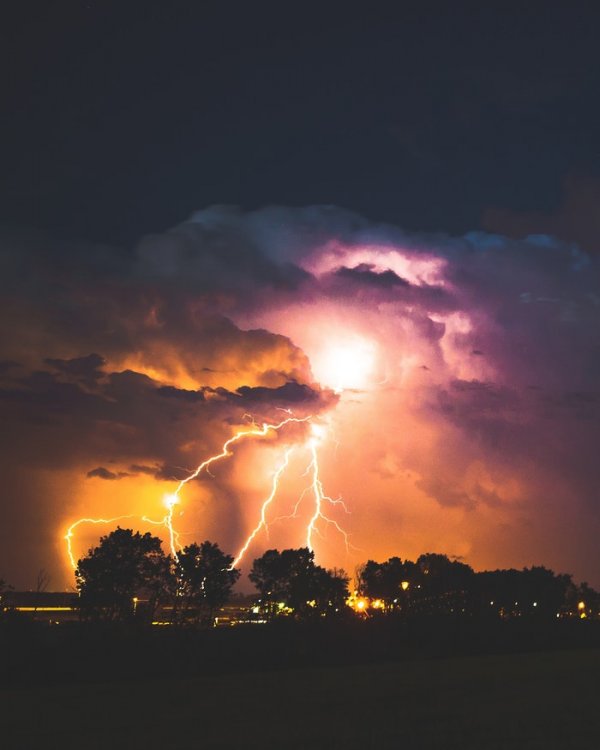
Facts About Tornadoes Revealed
There are some quite interesting facts about tornadoes out there if you are a tornado buff. Read on below for a few of those facts to be revealed.
- The United States actually has more tornadoes than every other country in the world. On average, we have about 1200 tornadoes touch down a year.
- It’s interesting to note that every state has had tornadoes touch down in the past. Florida has the most yearly, but they are usually quite small, while Alaska has only ever had two since 1950.
- The most violent tornadoes are found in Oklahoma yearly and Alabama and Mississippi have had the greatest number of deaths from the tornadic activity.
- Though the main season for tornadoes is between March and August, every state has their own season and tornadoes have touched down in every season and month of the year.
Understanding Tornado Terminology
If you have recently moved to one of the areas that are classified as tornado alley, there are a few things you need to know so that you understand the terminology used. You can find some explanation of these below.
The Tornado Classifications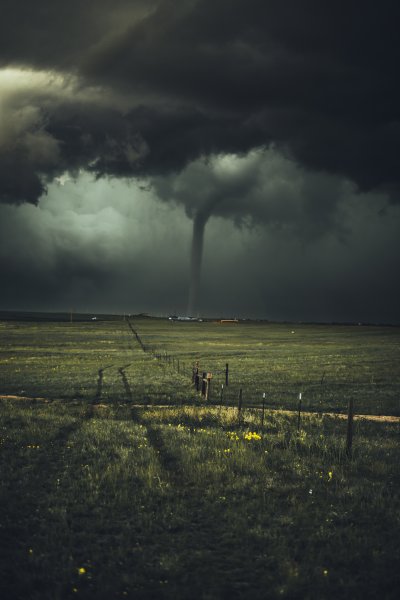
It’s important to know the tornado classifications as well, when you live in any portion of Tornado Alley, though in the United States, it seems you need to learn them, no matter where you might live. Tornadoes are classified by using the Enhanced Fujita Scale, also known as the EF scale. They range from EF-0 which is the weakest tornado to EF5, which is catastrophic. It’s important for you to know these classifications, so you know what to expect if a tornado comes your way.
Warning and Watch Emergencies
There are three different things that your weatherman may talk about when it comes to predicting a tornado. There are warnings, watches, and emergencies. You need to learn the difference between the three, so you are prepared for what may come. A tornado watch means that there are favorable conditions for a thunderstorm to develop and a tornado to form. In this case, you need to keep an eye on the weather and start preparing, just in case. A tornado warning means that a tornado has been seen, a funnel cloud has been sighted, somewhere in your area. This could even mean that waterspout has been spotted and that it is headed towards land. If a tornado warning is issued in your area, you need to wait it out in a safe place, such as your storm shelter.
If a tornado emergency is declared in your area, that means that a violent or strong tornado is already on the ground. It also means that loss of life and significant damage to homes and properties is expected to occur. If this is declared in your area, you need to take shelter immediately in a storm shelter, one that is underground if at all possible.
Watch the Weather and Install the Apps
One of the first things you need to do when you move into an area that is said to be in tornado alley is to find out what the local weather channel is. There are also apps that you can install on your phone that will alert you when conditions deteriorate and are favorable for a tornado to hit. It’s also important to find out if your neighborhood has tornado sirens and learn to identify them and what you need to do when one sounds a warning. It’s important to note that tornadoes are nothing to mess around with and just because the sirens stop sounding off, doesn’t always mean it’s safe and the possibility of a tornado touching down in your area has passed.
Stay Safe
The first thing you need to do when a tornado is forecast in your area, especially if you live in tornado alley where they are most common is to get your family to safety. There are many, many articles on the internet that will tell you the best way to get to safety and how to prepare for a storm that is coming your way. Read them, learn from them, and don’t be scared, when being prepared is your best option and your best chance for survival.
Other Tornado Facts to Know
Below you can find some of the most interesting facts about tornadoes to wrap up our blog on tornado alley: Facts you should know.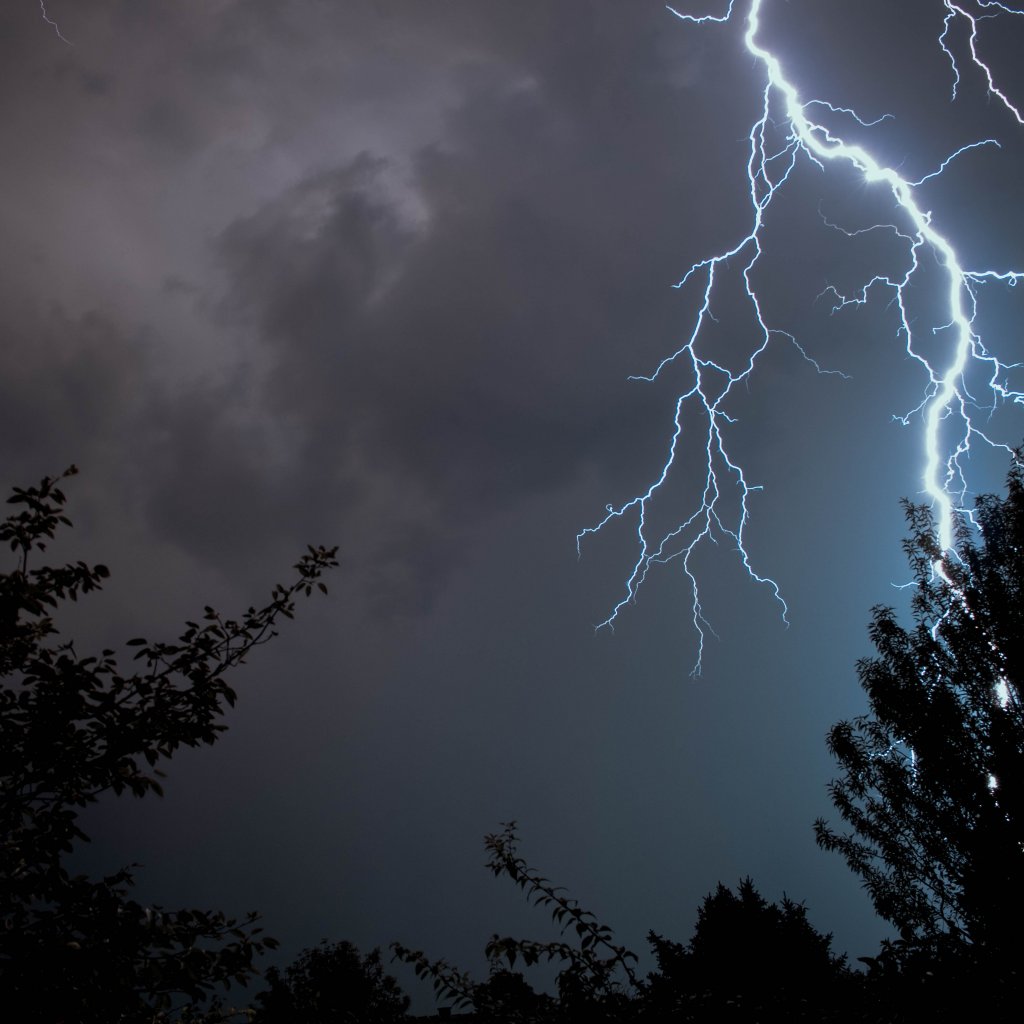
- Statistics show that tornadoes have touched down on every continent, except for Antarctica
- Supercell tornadoes usually occur between the hours of three and nine in the evening.
- Tornado warnings today have a 70 percent chance of being false warnings and a 13 percent lead time
- Tornadoes are finicky and move in different ways. They have been known to destroy entire houses, but leave things like paper plates and other light objects sitting untouched on tables and porches
- Some tornadoes have actually plucked the feathers off of chickens
- It is possible for a tornado in your area to be carrying heavy objects, such as cars, books, and clothing for many, many miles before dropping them
- Many people don’t realize that tornadoes can last from as little as a few seconds to as long as, or more than an hour
- Building codes are usually much stricter in areas that are considered to be a part of tornado alley. This is to help prevent the severe destruction of the properties in that area and to prevent loss of life as well.
These are just a few of the most interesting facts about tornado alley and tornadoes themselves you might want to know. While weather forecasters do everything they can to predict these tornadoes and warn people ahead of time, it is still important for you to be vigilant and do your part, especially if you live in one of the areas classified to be in tornado alley.
Many people have the habit of not taking the tornado sirens seriously in tornado alley, because when they are false warnings, people tend to get complacent and think, it can’t happen to them or their property. Yes, the chances are pretty slim that your home will be struck by a tornado, but it’s important not to bet on those odds. Your family, friends, and your own life could depend on listening and being aware of safety precautions and listening when the sirens go off.
This concludes our blog on the facts that you need to know about tornado alley. From what it is, to where it is and the tips that you need to know to keep you and your family alive, it is important if you are new to tornado alley to learn the lingo, know what the tornado sirens are, and to prepare for the worst by making sure you have a shelter built that is underground and capable of holding you and your family safely, till the tornado passes. It’s also extremely important to never get complacent when you live in tornado alley. Stay safe everyone!
Sources
- Survival Mom, If you Just Moved Here: Living in Tornado Country
- Tornado Alley, Tornado Facts
- Medium, Living in Tornado Alley






